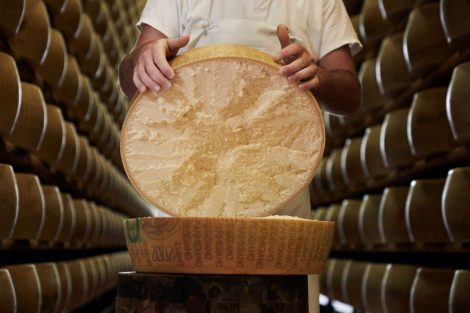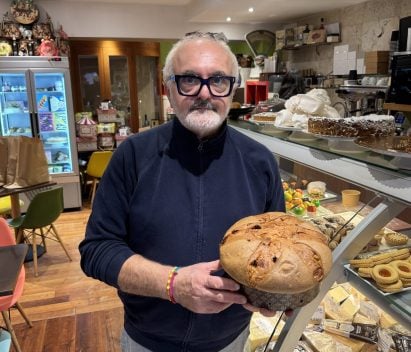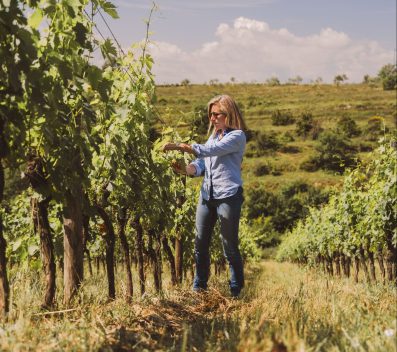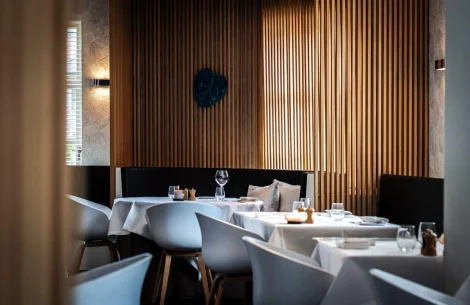It’s the oyster that finds its way into the kitchens of Michelin-starred chefs: Bartolini, Bottura, Cannavacciuolo, Oldani – just to name a few of the most famous names in Italian gastronomy. We’re not talking about the renowned French oyster, from Normandy, Brittany or further south from Charente-Maritime, but rather our very own and much lesser-known pink oyster from the Po Delta, produced in the namesake Natural Park – a territory rich in biodiversity and now at the heart of a research and development project launched by the BCA department of the University of Padua.
Pink oyster, briny jewel of the Delta
The pink oyster is farmed in the Sacca di Scardovari, a lagoon nestled between the mouths of the Po di Gnocca and Po delle Tolle, on the Veneto side of the Park, in the province of Rovigo on the border with Emilia-Romagna. The meeting of freshwater and the sea has historically made this a “wetland” suited to fishing, and today it is dedicated to the cultivation of shellfish: the Scardovari PDO mussel (the only certified one in Italy, since 2013), the Polesine veracious clams, and in recent years the pink oyster, raised using the “solar tide”, an innovative, unique, and patented method that simulates the Atlantic tides of Northern European seas.
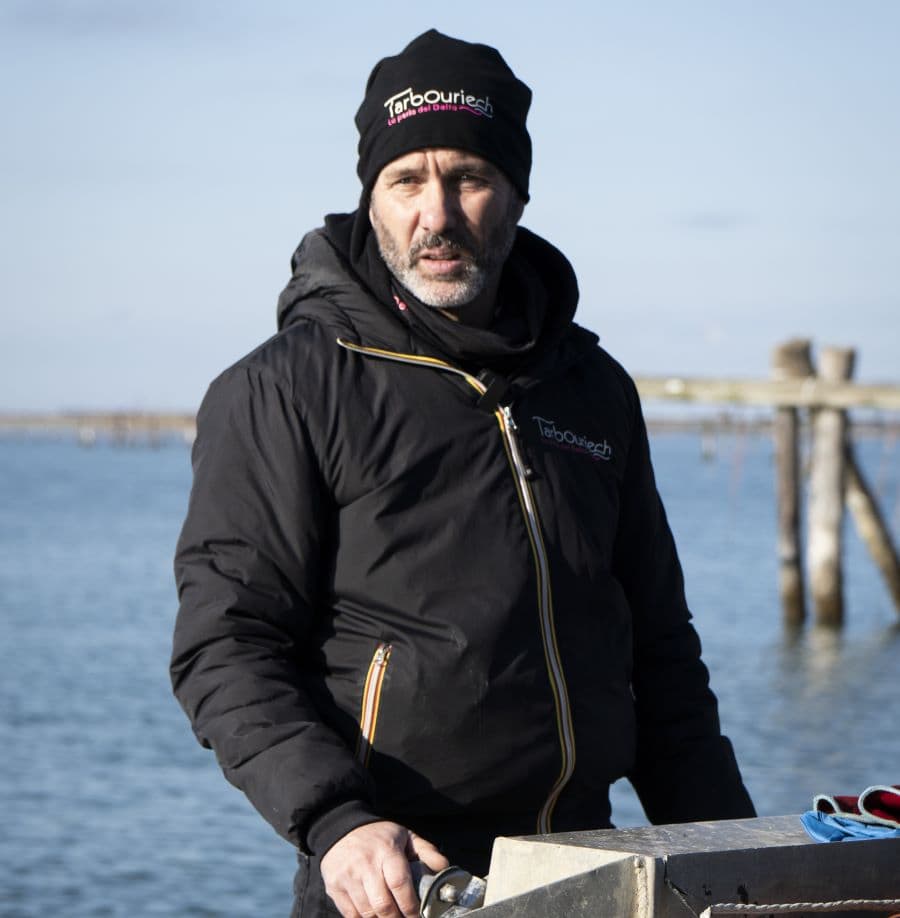
Alessio Greguoldo and La Perla del Delta
“We started in 2016 with one facility,” says Alessio Greguoldo, former member of the Scardovari Fishermen’s Consortium and now the driving force behind La Perla del Delta, the company that produces the queen of shellfish in the Sacca di Scardovari. “Today, we have nine facilities.” The turning point was a meeting in 2010 with Florent Tarbouriech, an oyster farmer in the Thau Lagoon on France’s southern coast, who in 2006 invented the exclusive method inspired by the Atlantic tides and now heads Maison Tarbouriech, a group of companies sharing the same activity, method, and values (Tarbouriech France, Italy and Spain).
“The Sacca di Scardovari is similar to the Thau Lagoon: between 2010 and 2016, experiments were carried out to see if oysters could thrive here,” continues Greguoldo, who went to “school” in the French lagoon overlooking the Mediterranean to learn the solar tide method. “Once we realised there was real potential, we launched the Italian branch of the project.”
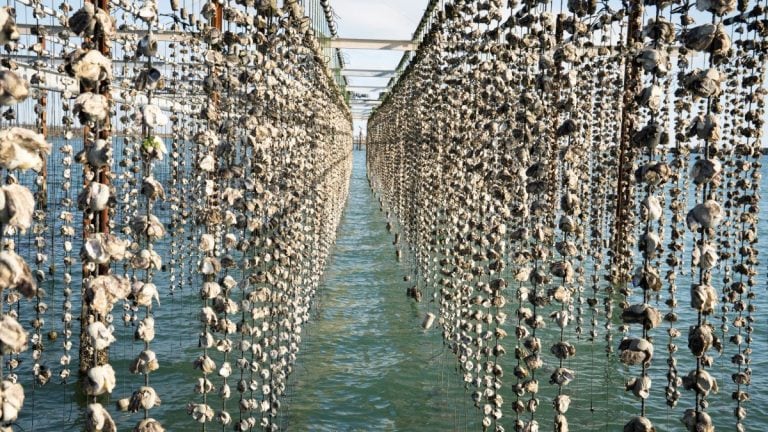
The solar tide method: how it works
Atlantic oysters are of superior quality because they naturally experience thermal fluctuations caused by the tides. “They are more resistant and robust, having adapted to being out of water for periods,” Greguoldo explains. “The system developed by Maison Tarbouriech allows for the simulation of tides, which are absent in the Mediterranean.” The oysters are glued vertically, one by one by hand, onto ropes which are then attached to a winch that lifts them out of the water, reproducing the effect of the Atlantic tides. The frequency of the rope lifts – set by a timer and managed by a complex mechanism powered by clean energy (wind and solar) – controls the shellfish’s growth. It’s an exclusive system, “remotely controllable” and entirely eco-sustainable, thanks to the use of renewable energy and the abundance of phytoplankton, the oysters’ natural food source, present in the Sacca di Scardovari.
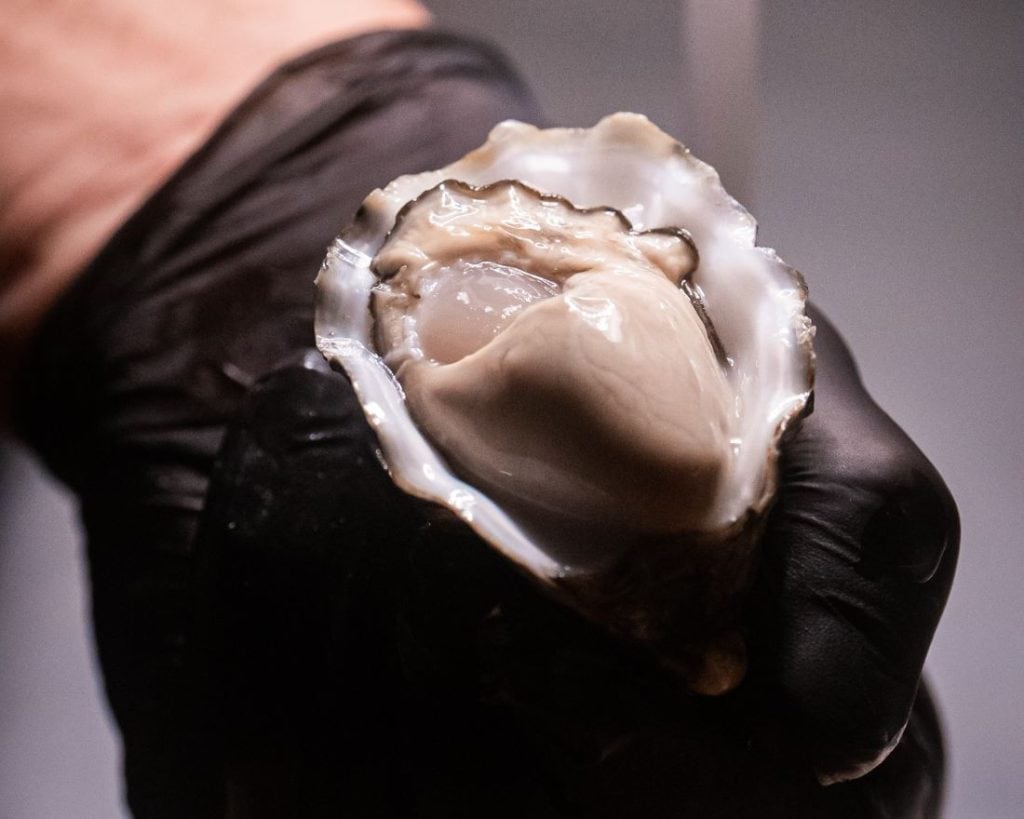
The advantages of oysters raised with this new method
“With the thermal fluctuations, the oyster’s adductor muscle becomes stronger, ‘toned’; the body becomes meatier and crunchier,” Greguoldo explains. “The mother-of-pearl is much whiter because the oyster acts as a filter: when it’s underwater, it’s open and constantly self-cleaning. Thanks to the vertical farming method, with oysters spaced apart, their shape is more regular compared to those from intensive farming – they don’t have to compete for space.”
The taste is less aggressive, more refined. “We’re in a lagoon, where the waters are less salty. The initial briny, iodine-rich notes give way to sweetness and an aftertaste that changes with the seasons: notes of shelled nuts, hazelnut and almond in winter; more vegetal tones in summer, with hints of watermelon and cucumber.” The cost? “Higher than that of intensively farmed oysters, due to the unique farming technique – the only one of its kind in Italy – and the superior quality of this oyster.”
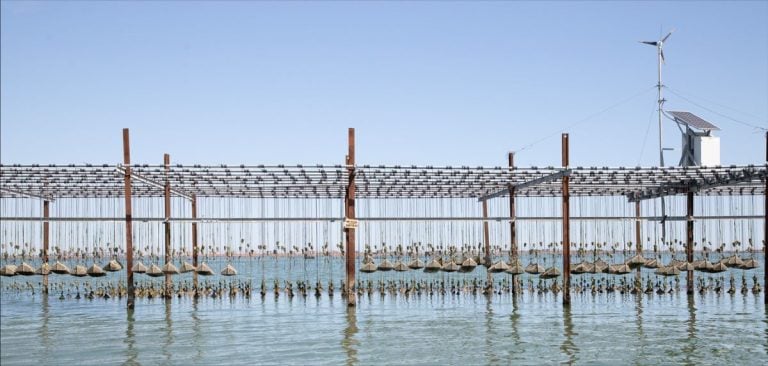
The ‘pearls’ of the range
There are three product lines in the Tarbouriech Italia range. The top-tier is the Perla del Delta, farmed for three years with daily lifting cycles and subsequent refinement, placed in baskets at the water’s edge and gently rocked by the lifts: “this way, the shellfish rub against each other and become polished.” It’s a premium oyster in terms of size, meatiness, crunch and smoothness: thick, hard shell, generous and crunchy flesh, iodine flavour that quickly transitions to sweetness, with good complexity and vegetal persistence. It’s also available in a gift box with 7 oysters, a knife and a printed cloth.
La Riserva is the younger sibling of the Perla del Delta: same variety of oyster, but farmed for two years instead of three, with weekly lifting cycles and no refinement – removed from the rope and sold. Esperia is an oyster purchased in Italy already mature (12 to 18 months) and refined in the lagoon for two months.
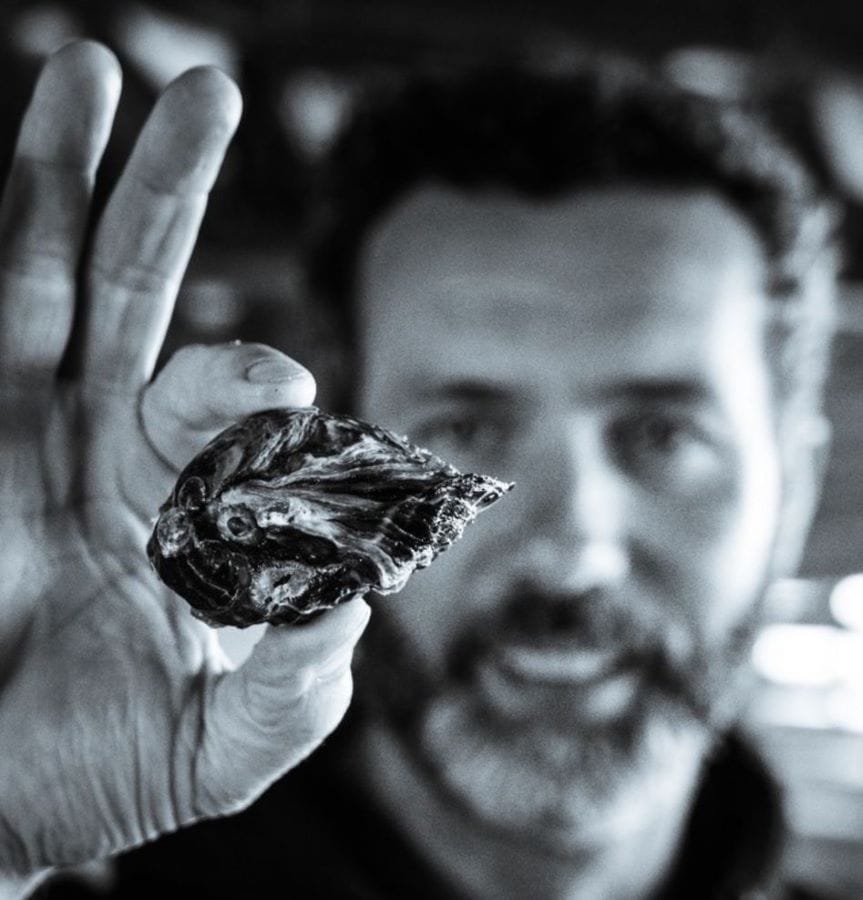
The University of Padua’s research
In recent years, the invasion of the blue crab, along with the effects of climate change, has negatively impacted the Po Delta’s economy, which is based on mussel and clam farming. This has led to research projects by the BCA department of the University of Padua, which are studying the health of the Delta’s shellfish. On one hand, the research investigates the impact of pollutants on clams – one of the region’s iconic products. On the other, it looks at the bacterial communities present in certain clam tissues, which can help certify their origin and thereby strengthen the value of local traditional brands.

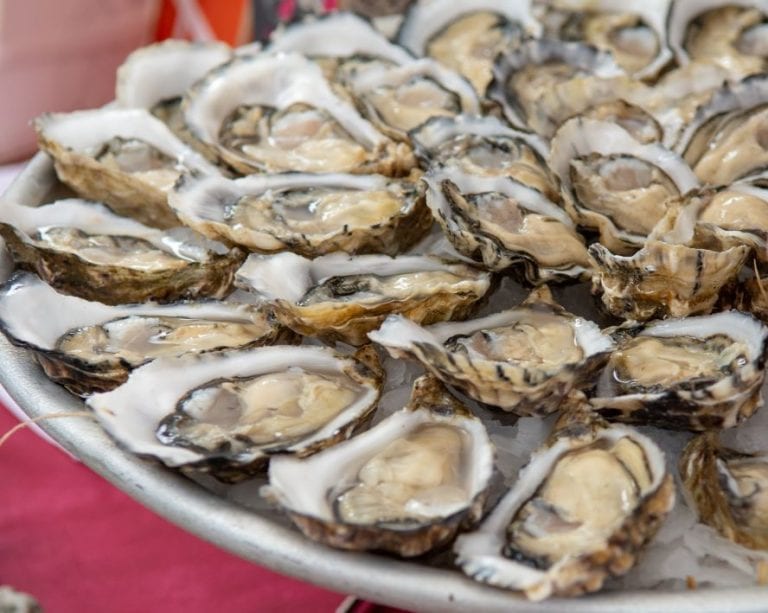
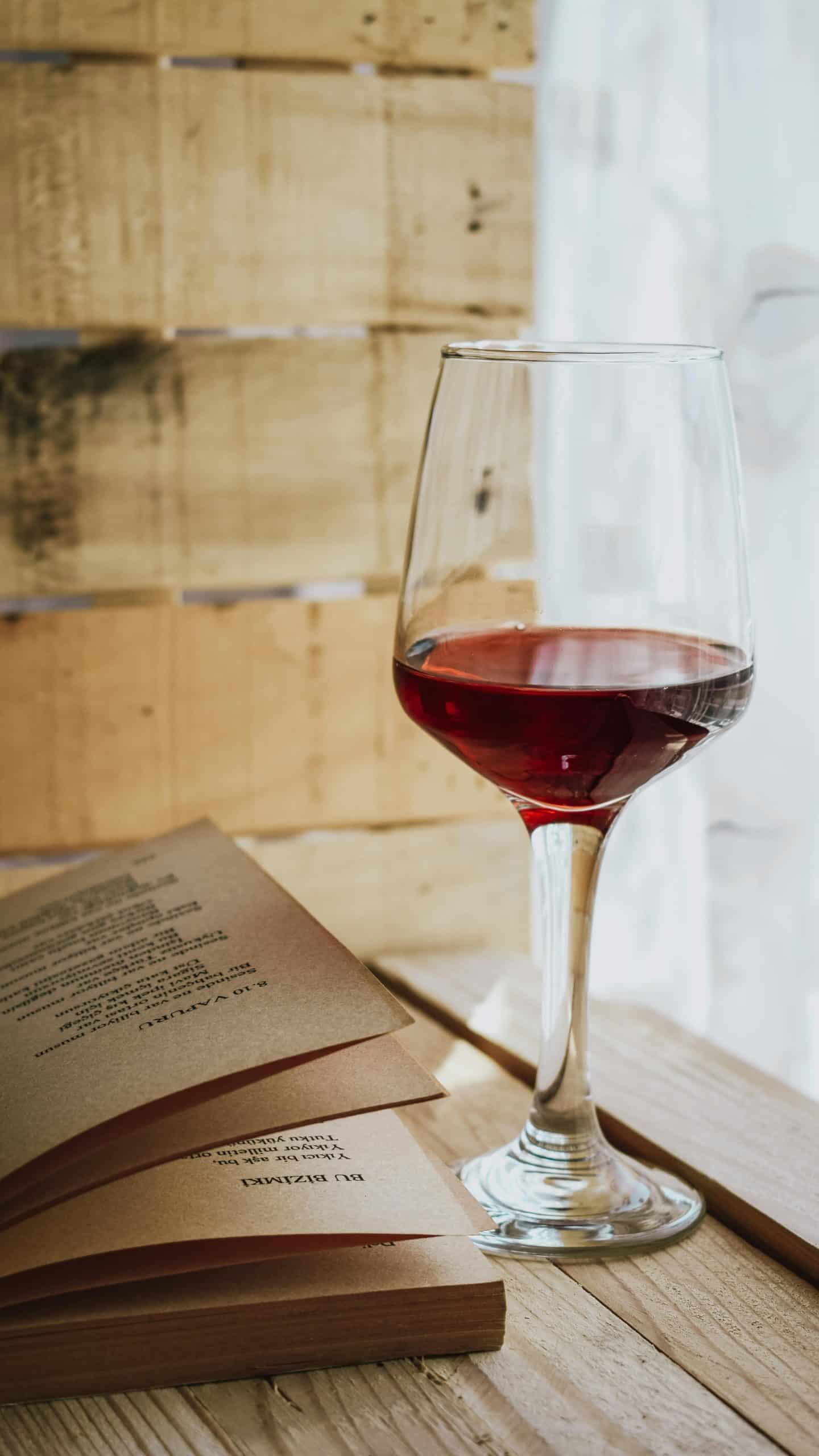 The perfect pairing? Wine and books
The perfect pairing? Wine and books 2025 was the year of Trump's tariffs – will 2026 be better for Italian wine in the US?
2025 was the year of Trump's tariffs – will 2026 be better for Italian wine in the US?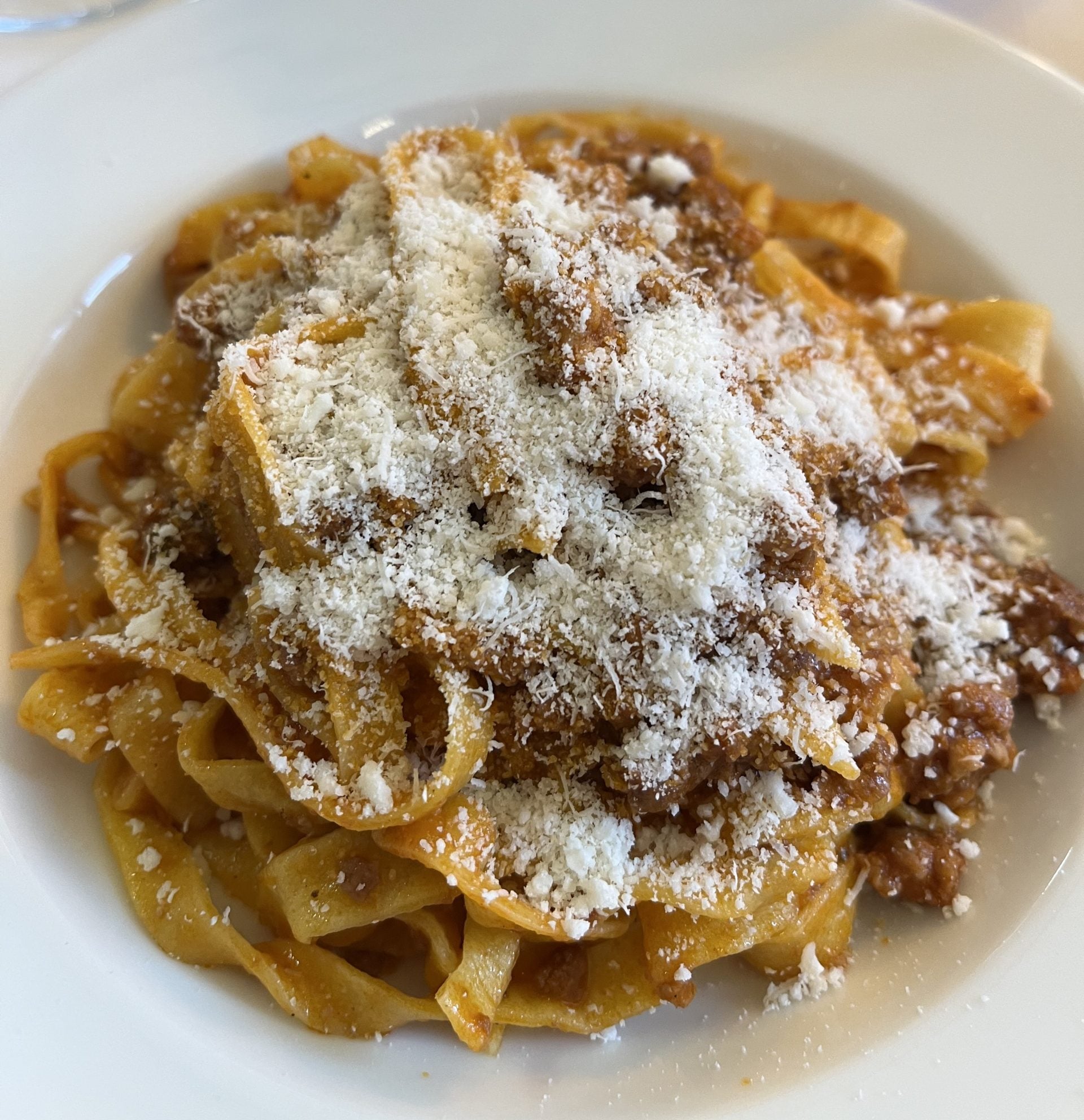 Italian cuisine recognised by UNESCO
Italian cuisine recognised by UNESCO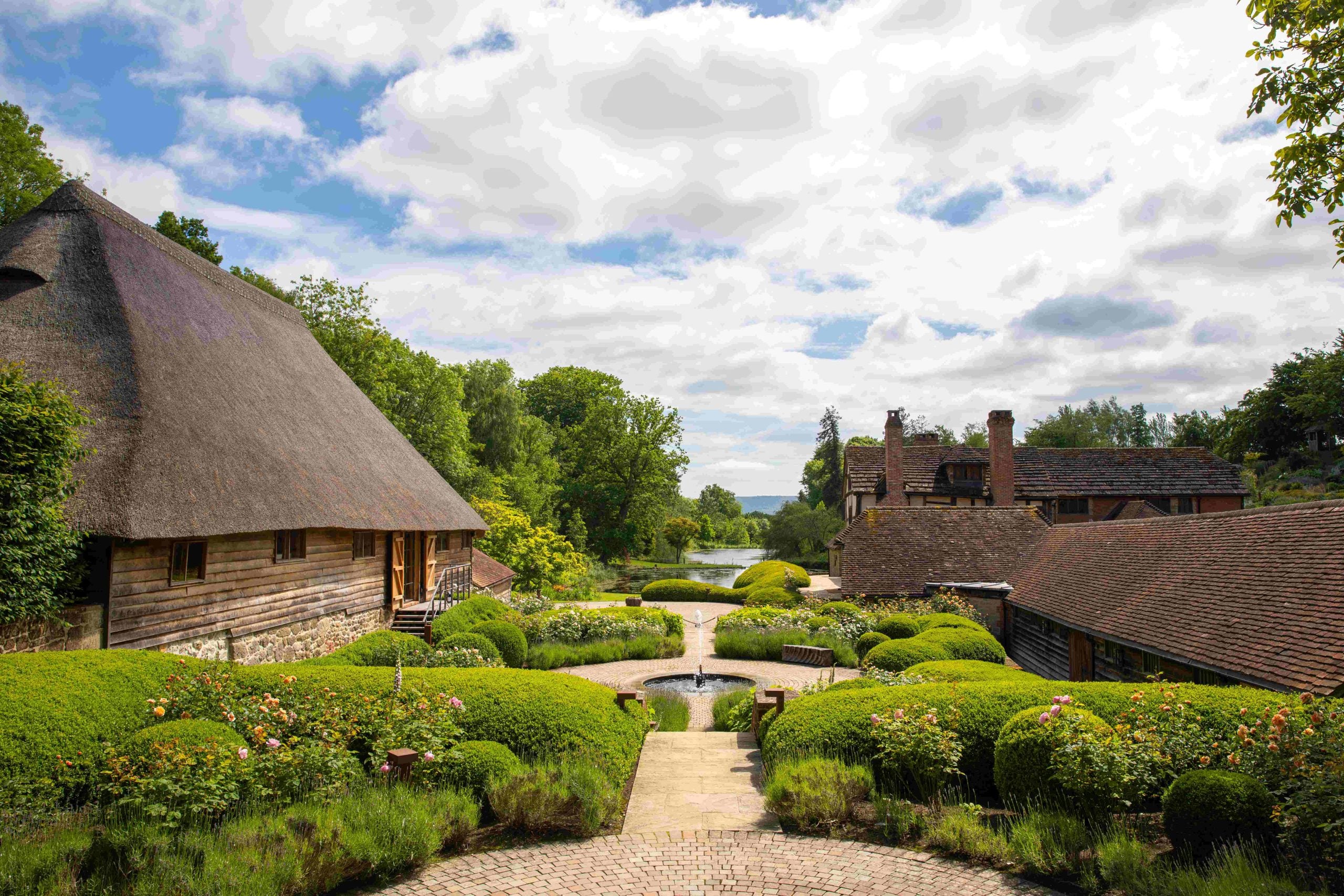 Where is English sparkling wine going?
Where is English sparkling wine going?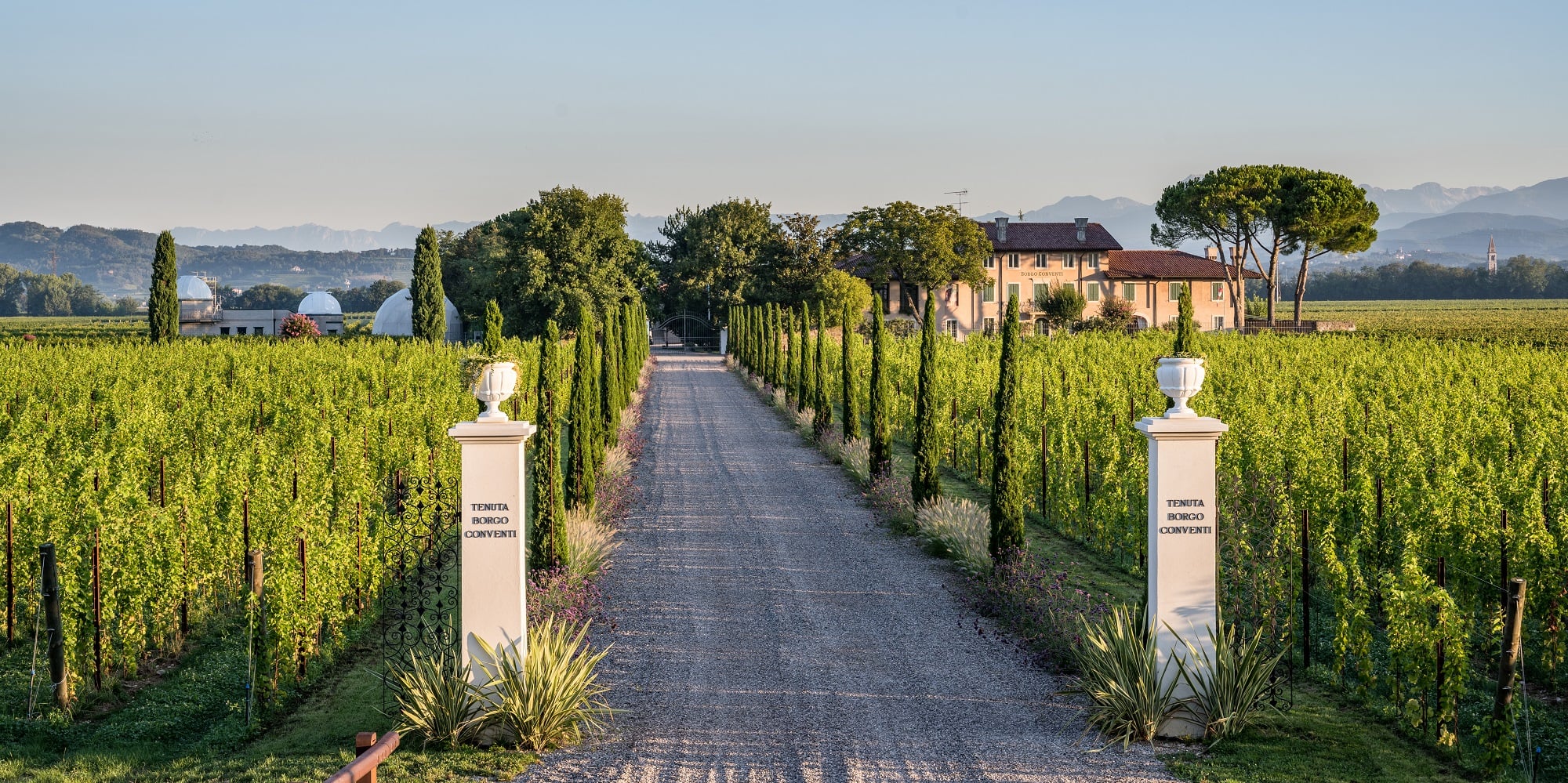 Why Borgo Conventi's Luna di Ponca should be on your radar
Why Borgo Conventi's Luna di Ponca should be on your radar